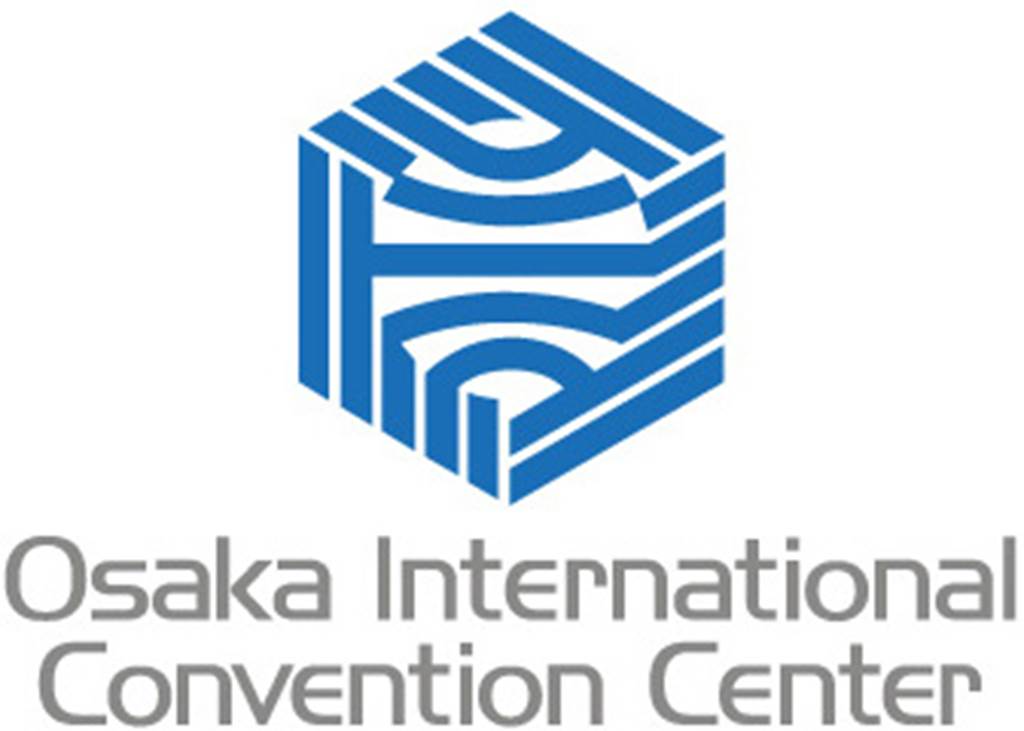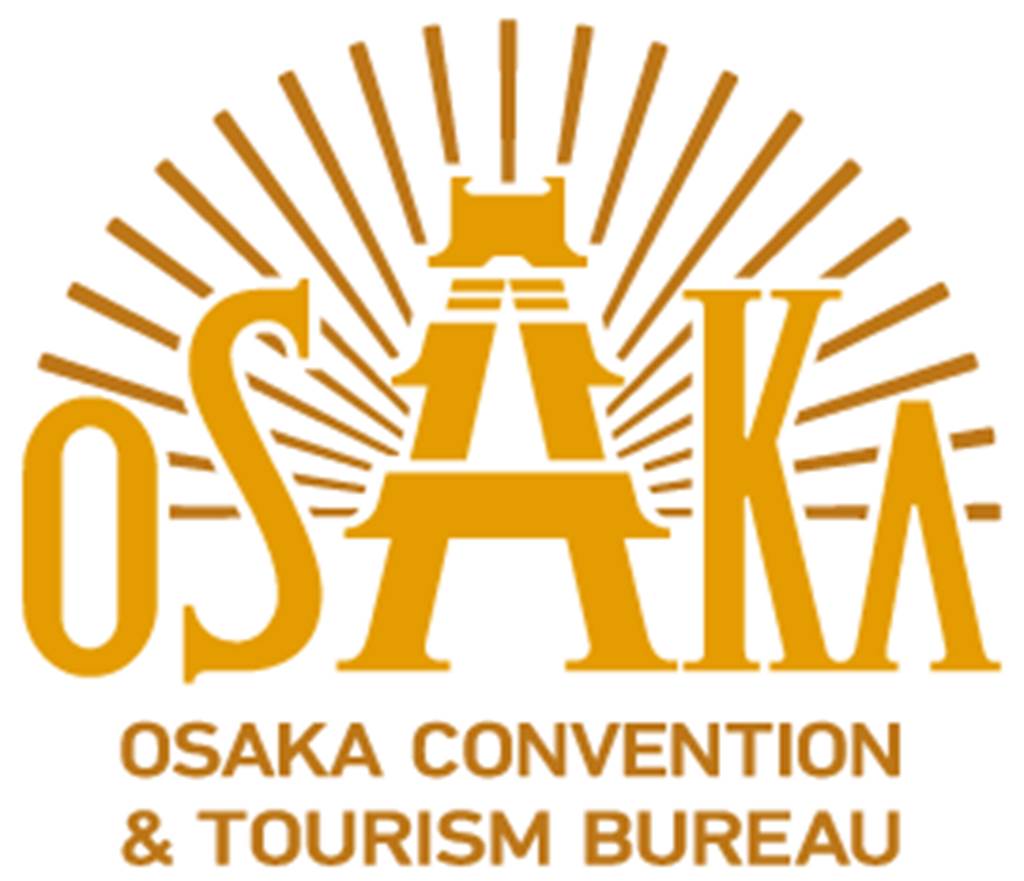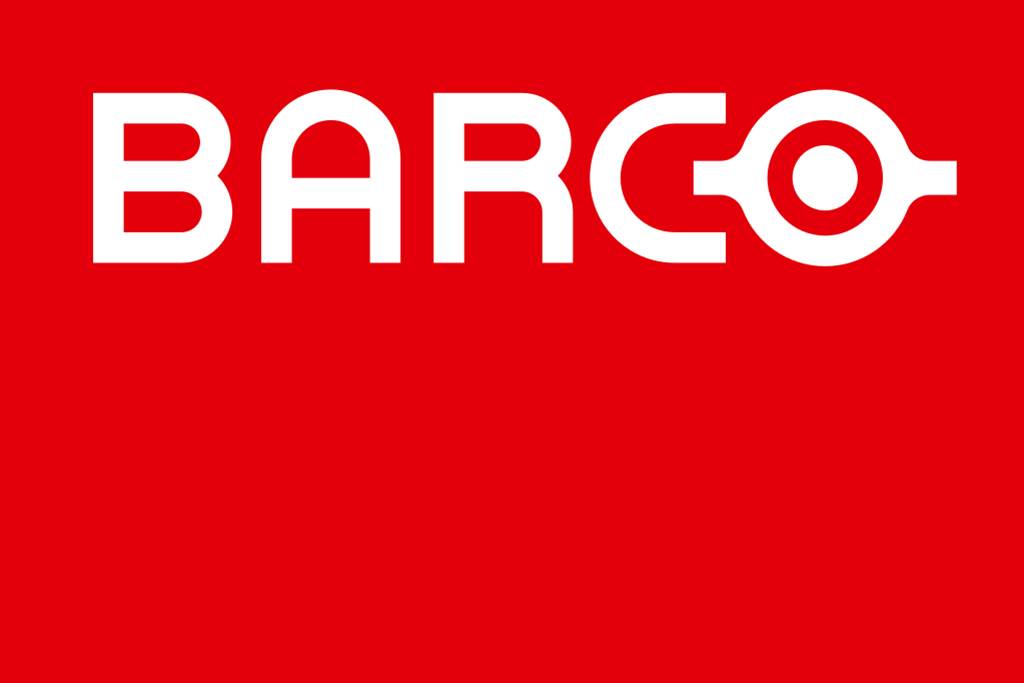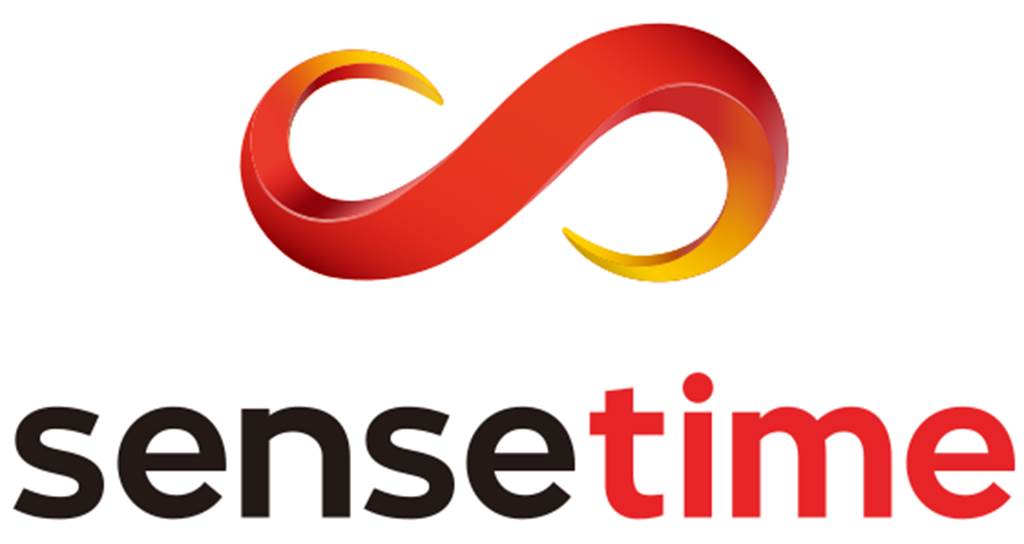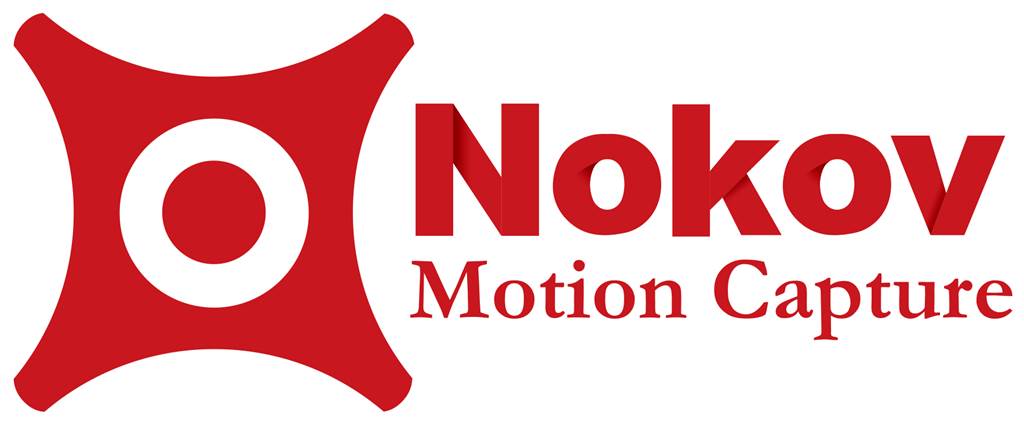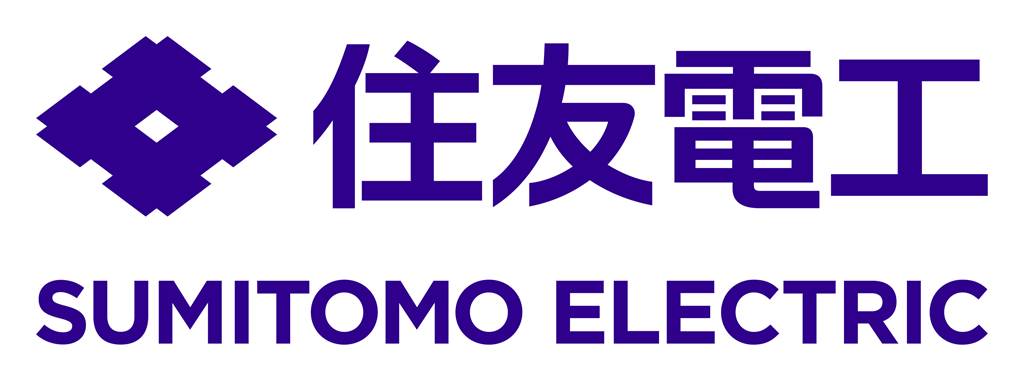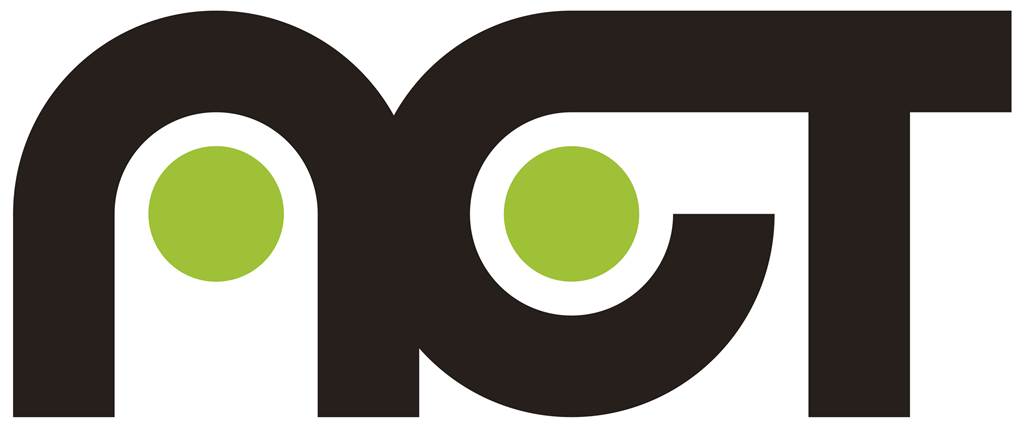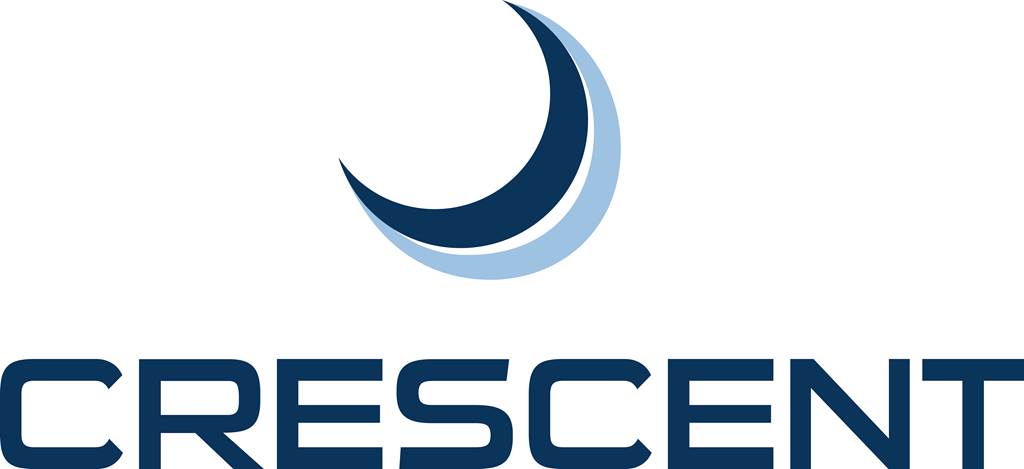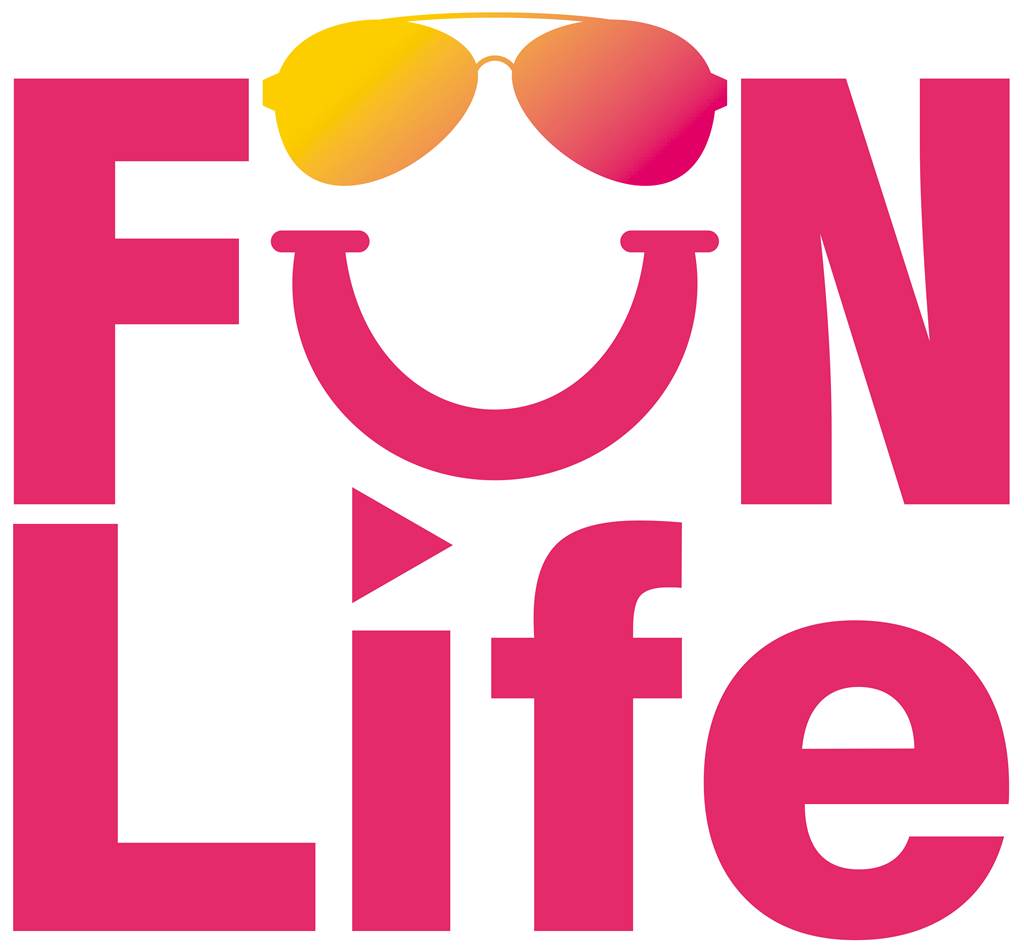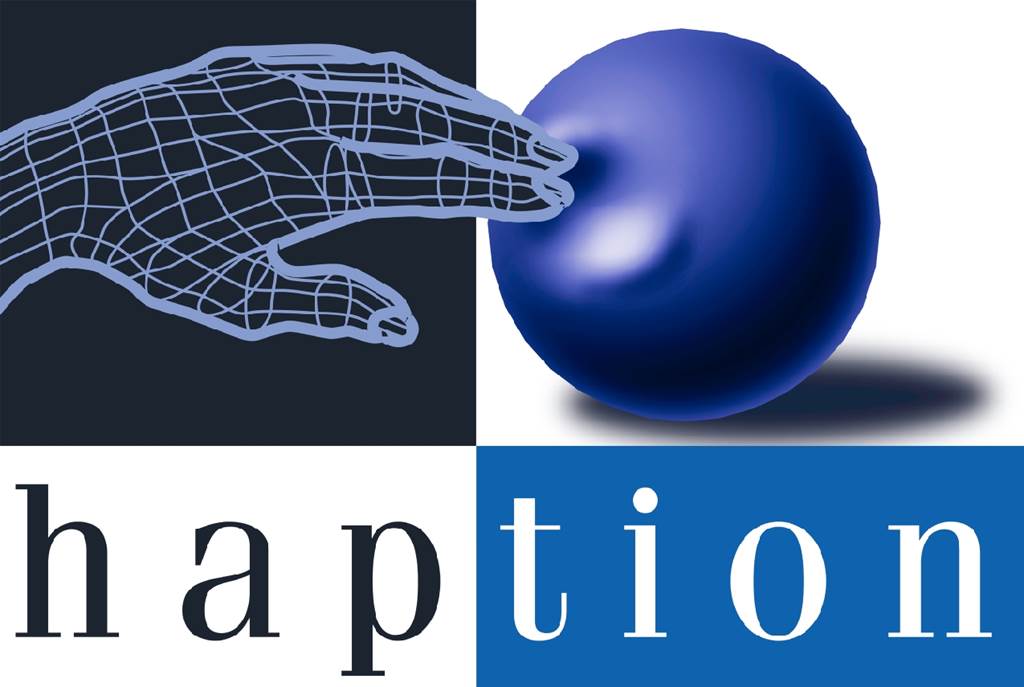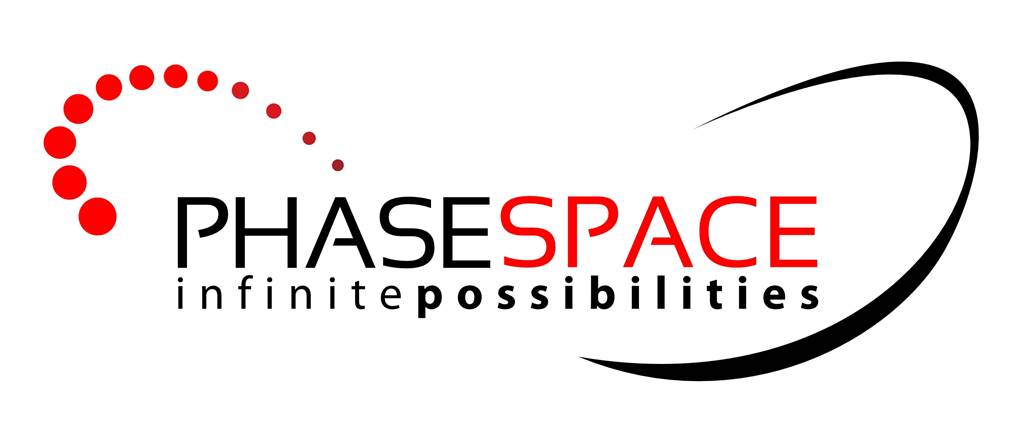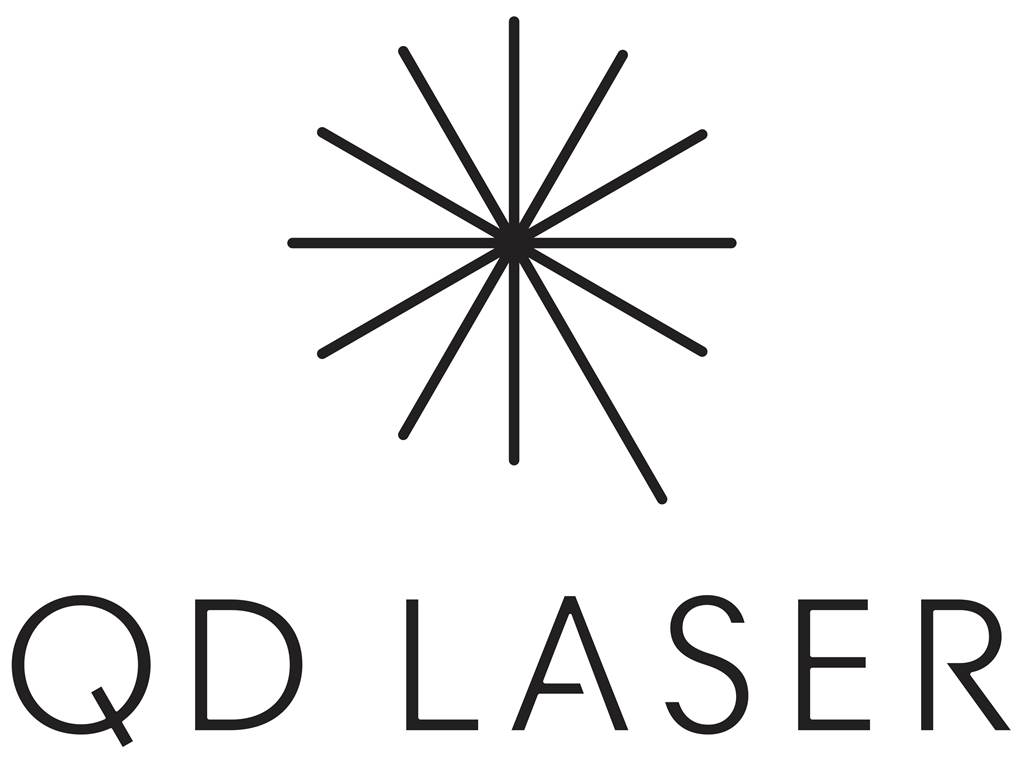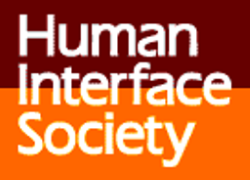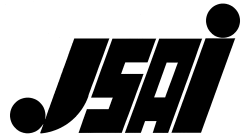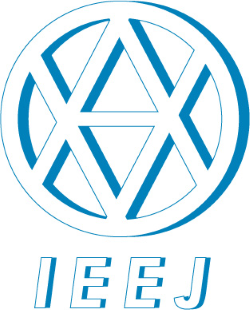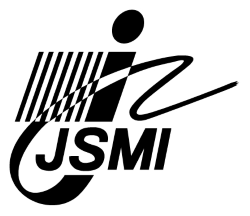
March 23rd - 27th

March 23rd - 27th
Sponsors
Diamond
Platinum
Gold
Silver
Bronze
Flower / Misc
Exhibitors
Supporters
IEEE Kansai Section
Society for Information Display Japan Chapter
The Visualization Society of Japan
The Robotics Society of Japan
Japan Society for Graphic Science
The Japan Society of Mechanical Engineers
Japanese Society for Medical and Biological Engineering
The Society of Instrument and Control Engineers
The Institute of Electronics, Information and Communication Engineers
Japan Ergonomics Society
Exhibitors and Supporters
We are pleased to present the technical papers which have won awards at the 26th IEEE Virtual Reality Conference, held March 23–27, 2019, in Osaka, Japan. The journal and conference paper awards chairs were J. Edward Swan II, Christian Sandor, and Sabine Coquillart. In addition, Doug Bowman helped with the reviewing and ranking, as described below.
The IEEE Virtual Reality 2019 Best Journal Paper
The program chairs nominated the papers that were considered. Among the papers submitted to the VR Journal Papers track, these were the papers that received the highest overall ratings. Based on the score distribution, and the location of a clear break in the ratings, 11 papers were nominated.
Nominees
- Shrinking Circles: Adaptation to Increased Curvature Gain in Redirected Walking Luke Bölling, Niklas Stein, Frank Steinicke, Markus Lappe
- A Perception-Driven Hybrid Decomposition for Multi-Layer Accommodative Displays Hyeonseung Yu, Mojtaba Bemana, Marek Wernikowski, Michal Chwesiuk, Okan Tarhan Tursun, Gurprit Singh, Karol Myszkowski, Radosław Mantiuk, Hans-Peter Seidel, Piotr Didyk
- Motion Parallax for 360° RGBD Video Ana Serrano, Incheol Kim, Zhili Chen, Stephen DiVerdi, Diego Gutierrez, Aaron Hertzmann, Belen Masia
- MegaParallax: Casual 360° Panoramas with Motion Parallax Tobias Bertel, Neill D. F. Campbell, Christian Richardt
- Developing Virtual Reality Visualizations for Unsteady Flow Analysis of Dinosaur Track Formation using Scientific Sketching Johannes Novotny, Joshua Tveite, Morgan L. Turner, Stephen Gatesy, Peter Falkingham, David H. Laidlaw
- Audio-Visual-Olfactory Resource Allocation for Tri-modal Virtual Environments Efstratios Doukakis, Kurt Debattista, Thomas Bashford-Rogers, Amar Dhokia, Ali Asadipour, Alan Chalmers, Carlo Harvey
- Temporal Resolution Multiplexing: Exploiting the Limitations of Spatio-Temporal Vision for More Efficient VR Rendering Gyorgy Denes, Kuba Maruszczyk, George Ash, Rafał K. Mantiuk
- Light Attenuation Display: Subtractive See-Through Near-Eye Display via Spatial Color Filtering Yuta Itoh, Tobias Langlotz, Daisuke Iwai, Kiyoshi Kiyokawa, Toshiyuki Amano
- Mo2Cap2: Real-time Mobile 3D Motion Capture with a Cap-mounted Fisheye Camera Weipeng Xu, Avishek Chatterjee, Michael Zollhöfer, Helge Rhodin, Pascal Fua, Hans-Peter Seidel, Christian Theobalt
- Immersive Telepresence and Remote Collaboration using Mobile and Wearable Devices Jacob Young, Tobias Langlotz, Matthew Cook, Steven Mills, Holger Regenbrecht
- Manufacturing Application-Driven Foveated Near-Eye Displays Kaan Aksit, Praneeth Chakravarthula, Kishore Rathinavel, Youngmo Jeong, Rachel Albert, Henry Fuchs, David Luebke
Selection Process
To select the best journal paper, the award chairs developed a ranking-and-scoring scheme. In this scheme, each of the award chairs read each of the nominated papers, and then placed them in rank order. To prevent any influence from the opinion of other award chairs, this ranking was first done privately, and then revealed to the other award chairs during an online meeting. For each paper, the rank order position was then turned into a score.
The award chairs implemented two variations of this method. In the first variation, ranks for all 11 nominated papers were considered, so for each reader, the top-ranked paper received a score of 11, the next received a score of 10, etc. In the second variation, scores were only calculated for the top 5 papers as ranked by each reader. So, in this variation, for each reader the top-ranked paper received a score of 5, the next received a score of 4, etc.
The award chairs also considered conflicts of interest. Out of the original 11 papers, some had conflicts with two readers, and others conflicts with one reader. In order for all papers to receive at least 2 readings, the award chairs recruited Doug Bowman, who read and ranked papers with two conflicts, as well as selected additional papers that were competitive for the best journal paper award.
The award chairs then met online, and calculated the score for each paper, using both variations. However, because of the conflicts, some papers had received fewer readings than others. Therefore, the chairs applied a weight to each score, which mathematically cancelled this effect, and ensured that the score for each paper was chosen from the same range of possible scores.
The result of this process was that the scores of two papers stood out from the rest, and one of those papers received a very slightly higher score than the other. The same pattern was present in both variations of the ranking-and-scoring scheme. This process determined the IEEE Virtual Reality 2019 Best Journal Paper, and the IEEE Virtual Reality 2019 Best Journal Paper Honorable Mention.
Best Journal Paper
- Temporal Resolution Multiplexing: Exploiting the Limitations of Spatio-Temporal Vision for More Efficient VR Rendering Gyorgy Denes, Kuba Maruszczyk, George Ash, Rafał K. Mantiuk
Honorable Mention
- Mo2Cap2: Real-time Mobile 3D Motion Capture with a Cap-mounted Fisheye Camera Weipeng Xu, Avishek Chatterjee, Michael Zollhöfer, Helge Rhodin, Pascal Fua, Hans-Peter Seidel, Christian Theobalt
The IEEE Virtual Reality 2019 Best Conference Paper
The conference paper program chairs nominated the papers that were considered. Among the papers submitted to the VR Conference Papers track, these were the papers that received the highest overall ratings. Because the conference paper program chairs organized the review process into three technical areas, they elected to nominate the top 4 papers in each technical area, which resulted in a total of 12 nominated conference papers.
Nominees
- Remapped Physical-Virtual Interfaces with Bimanual Haptic Retargeting Brandon J. Matthews, Bruce H. Thomas, G. Stewart Von Itzstein, Ross Smith
- Jumping Further: Forward Jumps in a Gravity-Reduced Immersive Virtual Environment HyeongYeop Kang, Geonsun Lee, Dae Seok Kang, Ohung Kwon, Jun Yeup Cho, Ho-Jung Choi, JungHyun Han
- Visual Manipulation for Underwater Drag Force Perception in Immersive Virtual Environments HyeongYeop Kang, Geonsun Lee, JungHyun Han
- Large-Scale Projection-Based Immersive Display: The Design and Implementation of LargeSpace Hikaru Takatori, Masashi Hiraiwa, Hiroaki Yano, Hiroo Iwata
- Multi-Ray Jumping: Comprehensible Group Navigation for Collocated Users in Immersive Virtual Reality Tim Weissker, Alexander Kulik, Bernd Froehlich
- ICthroughVR: Illuminating Cataracts through Virtual Reality Katharina Krösl, Carmine Elvezio, Matthias Hürbe, Sonja Karst, Michael Wimmer, Steven Feiner
- Immersive Spatial Audio Reproduction for VR/AR Using Room Acoustic Modelling from 360° Images Hansung Kim, Luca Remaggi, Philip J.B. Jackson, Adrian Hilton
- Virtual Objects Look Farther on the Sides: The Anisotropy of Distance Perception in Virtual Reality Etienne Peillard, Thomas Thebaud, Jean-Marie Normand, Ferran Argelaguet Sanz, Guillaume Moreau, Anatole Lécuyer
- Estimating Detection Thresholds for Desktop-Scale Hand Redirection in Virtual Reality André Zenner, Antonio Krüger
- EEG Can Be Used to Measure Embodiment When Controlling a Walking Self-Avatar Bilal Alchalabi, Jocelyn Faubert, David Labbe
- Virtual vs. Physical Navigation in VR: Study of Gaze and Body Segments Temporal Reorientation Behaviour Hugo Brument, Iana Podkosova, Hannes Kaufmann, Anne-Hélène Olivier, Ferran Argelaguet Sanz
- Dataspace: A Reconfigurable Hybrid Reality Environment for Collaborative Information Analysis Marco Cavallo, Mishal Dolakia, Matous Havlena, Ken Ocheltree, Mark Podlaseck
Selection Process
To select the best conference paper, the award chairs used a similar ranking-and-scoring process. Each of the award chairs read each of the nominated papers, and then placed them in rank order. To prevent any influence from the opinion of other award chairs, this ranking was first done privately, and then revealed to the other award chairs during an online meeting. For each paper, the rank order position was then turned into a score.
The ranks for all 12 nominated papers were considered, and for each reader, the top-ranked paper received a score of 12, the next received a score of 11, etc. Some papers had conflicts with one reader, and so the award chairs applied a weight to each paper’s total score, which mathematically cancelled the effect of the conflicted papers having two instead of three readers, and ensured that the score for each paper was chosen from the same range of possible scores. The result of this process was that the score of one paper stood out from the rest, and that paper was selected as the IEEE Virtual Reality 2019 Best Conference Paper.
Best Conference Paper
- Virtual Objects Look Farther on the Sides: The Anisotropy of Distance Perception in Virtual Reality Etienne Peillard, Thomas Thebaud, Jean-Marie Normand, Ferran Argelaguet Sanz, Guillaume Moreau, Anatole Lécuyer
The IEEE Virtual Reality 2019 Best Poster
The poster awards chairs were Mark Bolas, Evan Suma Rosenberg, and Frank Steinicke.
Best Poster
- Working Memory Load Performance Based on Collocation of Virtual and Physical Hands Altan Tutar, Tabitha C. Peck
Honorable Mention
- ReliveInVR: Capturing and Reliving Virtual Reality Experiences Together Cheng Yao Wang, Mose Sakashita, Upol Ehsan, Jingjin Li, Andrea Stevenson Won
- Advancing Ethical Decision Making in Virtual Reality Sin-Hwa Kang, Jake Chanenson, Peter Cowal, Madeleine Weaver, Pranav Ghate, David M. Krum
The IEEE Virtual Reality 2019 Best Research Demonstration
The research demo awards chairs were Marc Stamminger, Mores Prachyabrued, Tobias Langlotz, Rory Clifford.
Best Research Demonstration Award
- Perceptually Based Adaptive Motion Retargeting to Animate Real Objects by Light Projection Taiki Fukiage, Takahiro Kawabe, Shin’ya Nishida
Best Research Demonstration Runner-up
- VR Ski Coach: Indoor Ski Training System Visualizing Difference from Leading Skier Takayuki Nozawa, Erwin Wu, Hideki Koike
- Shadowless Projector: Suppressing Shadows in Projection Mapping with Micro Mirror Array Plate Kosuke Hiratani, Daisuke Iwai, Parinya Punpongsanon, Kosuke Sato
The IEEE Virtual Reality 2019 Best Doctoral Consortium Presentation Award
The doctoral consortium award was selected by a group of mentors that attended all the presentations. The doctoral consortium mentors were Doug Bowman, David Krum, Aleshia Hayes, Jason Orlosky, Steve Feiner, Pete Willemsen, Joe Gabbard, Andrea Won, Rob Lindeman, Gudrun Klinker, J. Edward Swan II, Bruce Thomas, and Tobias Langlotz.
Best Doctoral Consortium Presentation
- Embodied Virtual Avatars and Potential Negative Effects on Implicit Racial Bias Divine Maloney
Best 3DUI Contest
The 3DUI contest awards chairs were Amy Ulinski, Torsten Khulen, and Seoklee Jeon.
1st Prize
- Team Hybrid Hugo Brument, Rebecca Fribourg, Gerard Gallagher, Thomas Howard, Flavien Lecuyer, Tiffany Luong, Victor Mercado, Etienne Peillard, Xavier de Tinguy, Maud Marchal
Runner-up
- Team VRAC Austin Hanus, Mindy Hoover, Alex Lim, Jack Miller
Best VRSJ Demo
The VRSJ demo awards chairs were Masahiro Furukawa and Kazuki Takashima.
- ExLeap: Minimal and Highly Available Telepresence System Creating Leaping Experience Atsushi Izumihara, Daisuke Uriu, Atsushi Hiyama, Masahiko Inami
- Full Parallax Table Top 3D Display Using Visually Equivalent Light Field Munekazu Date, Megumi Isogai, Hideaki Kimata


